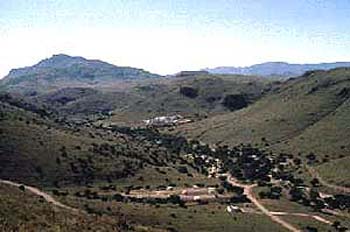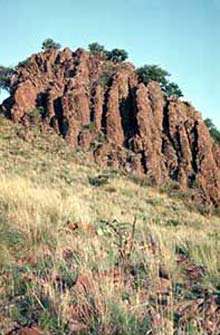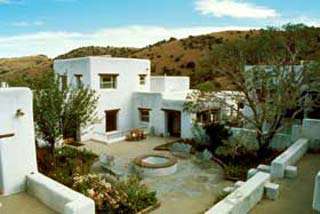Davis Mountains State Park, TX
In a sloping basin among the scenic Davis Mountains, the 2,708 acres of the Davis Mountains State Park host more than 155,000 visitors annually. Located approximately halfway between Guadalupe Mountains National Park, Carlsbad Caverns, and Big Bend National Park, the original portion of the park was deeded to Texas Parks and Wildlife Department by a local family. Original improvements were accomplished by the Civilian Conservation Corps (CCC) in 1933, including the primary service facility, a multilevel hotel called Indian Lodge, patterned in the pueblo style.
Activities include camping, sightseeing, nature study, picnicking, hiking, backpacking, day-use equestrian, mountain biking, and interpretive programs. Attractions include scenic drives, two scenic overlooks, and 4 miles of hiking trails connecting with Fort Davis National Historical Park. Stargazing is popular after closed hours on Skyline Drive.
The Davis Mountains, the most extensive mountain range in Texas, were formed by volcanic activity during the Tertiary geologic period, which began around 65 million years ago. These mountains were named after Jefferson Davis, U.S. Secretary of War and later President of the Confederacy, who ordered the construction of the Fort Davis army post. Most Indian bands passed through the Davis Mountains, although the Mescalero Apaches made seasonal camps. As west Texas settlements increased, raiding in Mexico and along the San Antonio-El Paso Trail became a way of life for Apaches, Kiowas, and Comanches. Few Americans had seen the Davis Mountains prior to 1846. After the war with Mexico, a wave of gold seekers, settlers, and traders came through the area and needed the protection of a military post - Fort Davis. Fort Davis was active from 1854 until 1891, except for certain periods during the Civil War. In 1961, the historic fort ruins were declared a National Historic Site, and a vast restoration/preservation program was initiated by the National Park Service.


